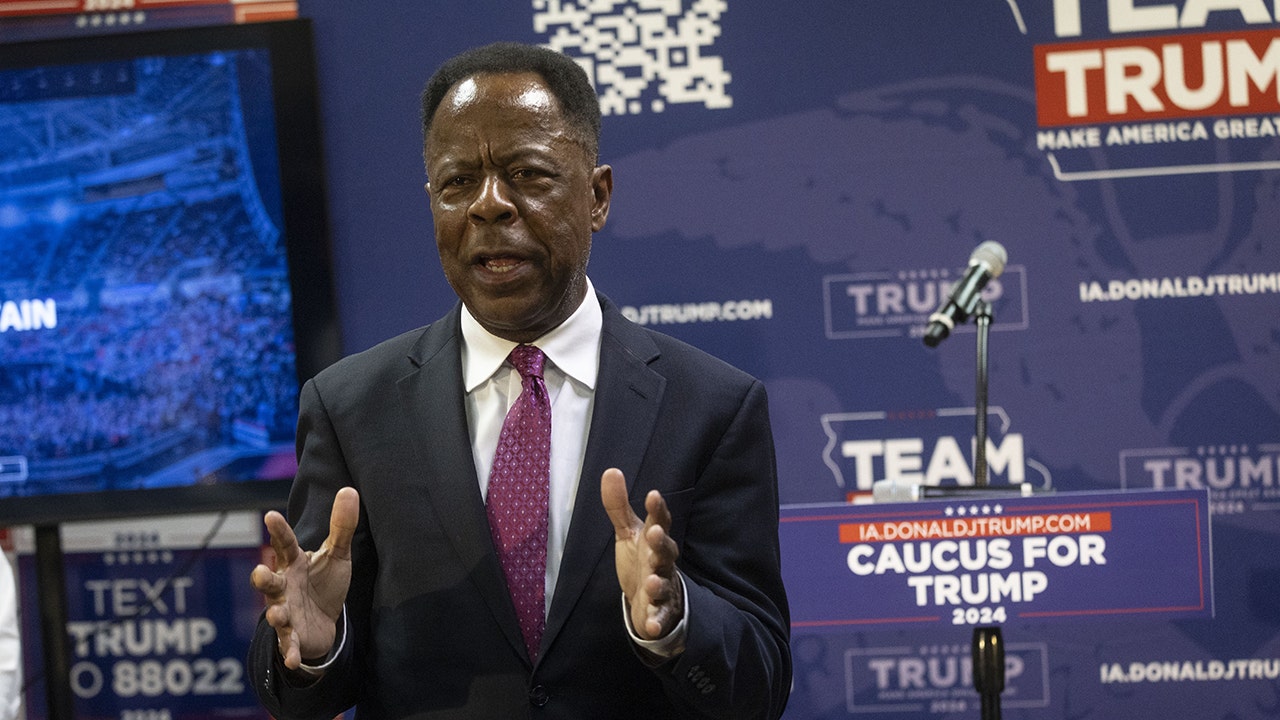UN relief chief Martin Griffiths, who has been visiting Israel and the Occupied Palestinian Territory, spoke to families in Gaza over the phone from east Jerusalem on Tuesday and said that what they have endured since the start of Israel’s retaliation for Hamas’ deadly 7 October attacks is “beyond devastating”.
“When an eight-year-old tells you that she doesn’t want to die, it’s hard not to feel helpless,” he wrote on social platform X.
Hostages’ families ‘living in agony’
On Monday Mr. Griffiths met in Jerusalem with family members of some of the more than 230 hostages held in Gaza since 7 October. Reportedly about 30 of them kidnapped by Hamas terrorists are children.
The UN relief chief said that for the past weeks these families “have been living in agony, not knowing if their loved ones are dead or alive”, and that he couldn’t “begin to imagine” what they are going through.
The UN has repeatedly called for the immediate and unconditional release of the hostages.
‘Unbearable’ thought of children buried under rubble
Reportedly more than 3,450 children have been killed in Gaza according to the Hamas-run Ministry of Health, UN Children’s Fund (UNICEF) spokesperson James Elder told reporters in Geneva on Tuesday.
Another 1,000 children have been reported missing and may be trapped or dead under the rubble, awaiting rescue or recovery, UN humanitarian affairs coordination office OCHA said.
OCHA spokesperson Jens Laerke said that it is “almost unbearable to think about children buried under rubble with very little possibility for getting them out”.
An 11-year-old boy stands at the entrance to his home in Gaza City.
Decades of trauma ahead
“Threats go beyond the bombs and mortars”, UNICEF’s James Elder stressed. Infant deaths due to dehydration are “a growing threat” in the enclave as Gaza’s water production is at five per cent of the required volume due to non-functioning desalination plants which are either damaged or lack fuel.
When the fighting finally stops, the costs to children “will be borne out for decades to come”, he said, due to the horrific trauma faced by survivors.
I do not have the luxury to think about my children’s mental health – I just need to keep them alive
Mr. Elder cited the example of a UNICEF staffer’s four-year-old daughter in Gaza who has started self-harming because of the daily stress and fear, while her mother told colleagues, “I do not have the luxury to think about my children’s mental health – I just need to keep them alive”.
Humanitarian ceasefire essential
Mr. Elder reiterated calls, “on behalf of the 1.1 million children in Gaza living through this nightmare”, for an immediate humanitarian ceasefire and opening of all access points for sustained entry of humanitarian aid.
“If we had a ceasefire for 72 hours, this would mean a thousand children would be safe again for this time,” he said.
Aid ‘a fraction of what is needed’
On Monday, a total of 26 trucks carrying humanitarian supplies entered Gaza through the Rafah crossing with Egypt, OCHA’s Jens Laerke said, with the hope that more trucks will enter on Tuesday.
This brings the total number of trucks allowed through the crossing from 21 to 30 October to 143.
OCHA stressed that while the increase in the volume of aid entering Gaza in the past two days is welcome, “current amounts are a fraction of what is needed to prevent further deterioration in the already-dire humanitarian situation, including civil unrest”. Before the escalation close to 500 trucks, both commercial and humanitarian, would enter the enclave every working day, including some 50 trucks of fuel.
Briefing the UN Security Council on Monday, Mr. Griffiths spoke about the urgency of replenishing fuel supplies, “vital for powering most essential services, including hospitals and water desalination plants, and to transport humanitarian relief inside Gaza”.
Attacks on healthcare
The public health catastrophe in the enclave is being compounded by attacks on health. UN health agency (WHO) said that it has documented 82 in Gaza so far.
OCHA warned that the vicinities of two hospitals in Gaza city and northern Gaza were reportedly bombarded for the second consecutive day on Monday, prompting Mr. Griffiths to share his concern with the Security Council over “allegations of military installations in the close vicinity of hospitals and the request by Israeli authorities for hospitals, including Al Quds and Shifa, to be evacuated”.

A young boy plays in the street amidst the wreckage of homes destroyed by airstrikes in Al Shati Refugee Camp in the Gaza Strip.
Protect medical facilities ‘at all times’
In response to a question over these allegations, UN human rights office (OHCHR) spokesperson Liz Throssell reiterated on Tuesday that hospitals are protected buildings under international humanitarian law.
If proven, the use of human shields in hospitals would amount to a war crime, she said. However, “regardless of the actions of one side, for example using hospitals for military purposes, the other side must comply with international humanitarian rules on the conduct of hostilities” which extend special protection to medical units at all times, she insisted.
Where medical units lose their special protection as a result of being used outside their humanitarian function to commit acts harmful to the enemy, and where a warning for the harmful use to cease has gone unheeded, “still, any attack must comply with the principles of precautions in attack and proportionality”, Ms. Throssell explained.





